Propagating Anise Herbs: How to Propagate Anise Plants
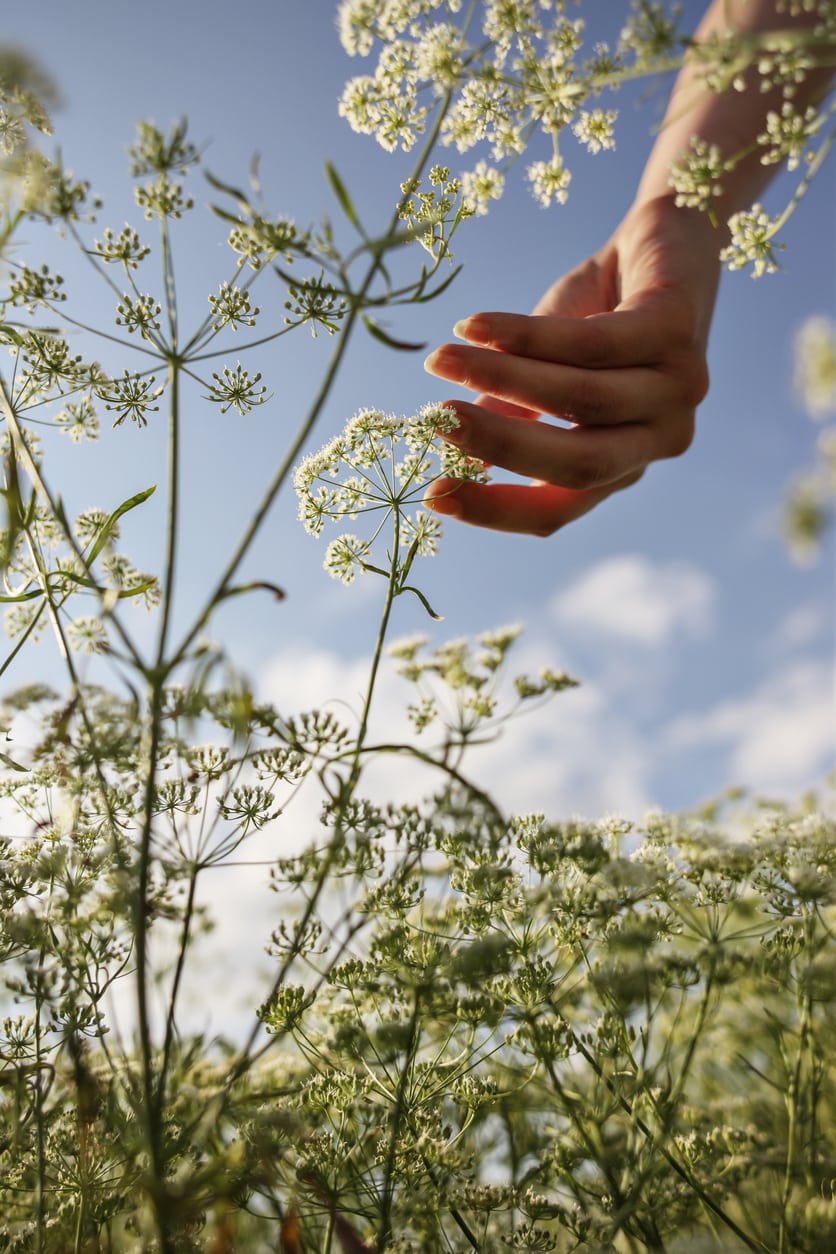
Variety is the spice of life, so it is said. Growing new anise plants will help spice up the ho-hum herb garden while giving dinner a surprising new zip. The question is, how is anise propagated? Read on for information regarding propagating anise herbs.
How is Anise Propagated?
Anise (Pimpinella anisum) is an herbaceous annual grown for the licorice-flavored oil pressed from its seeds. An annual plant, anise has a grooved stem and alternate leaf growth. Upper leaves are feathery, punctuated with umbels of white flowers and an oval-shaped, haired fruit that encases a single seed. Anise propagation is accomplished by sowing the seed. Seedlings are sensitive to transplanting, so they’re best planted directly into the garden.
How to Propagate Anise
Sow seeds in the spring after all danger of frost has passed for your area and then again in temperate regions in the fall. Anise is not tolerant of frost so be sure to wait until air and soil temperatures have warmed in the spring before propagating anise herbs. Anise, or aniseed, hails from the Mediterranean and, as such, requires temperate to subtropical temps of at least 45-75 F. (6-24 C.), optimally even warmer at 55-65 F. (12-18 C.). Prior to anise propagation, soak the seed overnight to aid in germination. Select a site that is in full sun and prepare the planting area by raking out any large stones and loosening the soil. Anise grows best at a pH of between 5.0-8.0 and is tolerant of a wide array of soil types but thrives in well-draining loam. If the soil is nutrient-poor, amend it with compost. Sow seeds ½-1 inch (1-2.5 cm.) deep, spacing additional plants 1-6 inches (2.5-15 cm.) apart in rows 12 inches (30.5 cm.) apart. Cover the seeds lightly with soil and tamp down. Water the seeds in and keep the planting area moist until seedlings appear in around 14 days. When the flower heads (umbels) are fully open and browning, cut off the heads. Store the flower heads in a dry place or place them in the direct sun to dry more rapidly. When they are completely dry, remove the husks and umbels. Store the seeds in an airtight container. The seeds can be used in cooking or medicinally and can be stored in a sealed container in a cool, dry area for several years. If using the seeds to propagate a future crop, use them within one year.
Gardening tips, videos, info and more delivered right to your inbox!
Sign up for the Gardening Know How newsletter today and receive a free copy of our e-book "How to Grow Delicious Tomatoes".

Amy Grant has been gardening for 30 years and writing for 15. A professional chef and caterer, Amy's area of expertise is culinary gardening.
-
 Types Of Tomatoes Explained: Explore The Many Wonderful Shapes, Colors, Flavors, & Best Uses
Types Of Tomatoes Explained: Explore The Many Wonderful Shapes, Colors, Flavors, & Best UsesThe world of tomato varieties is vast and fascinating. Learn about the key types to grow in your garden, tailored to your preferences and space.
By Amy Grant
-
 Try The Trend – Turn Any Bed Into A Keyhole Garden With This Clever In-Ground Composter
Try The Trend – Turn Any Bed Into A Keyhole Garden With This Clever In-Ground ComposterKeyhole gardening is an efficient and sustainable practice that saves space. Get started on this DIY project quickly and easily with an in-ground composter.
By Bonnie L. Grant
-
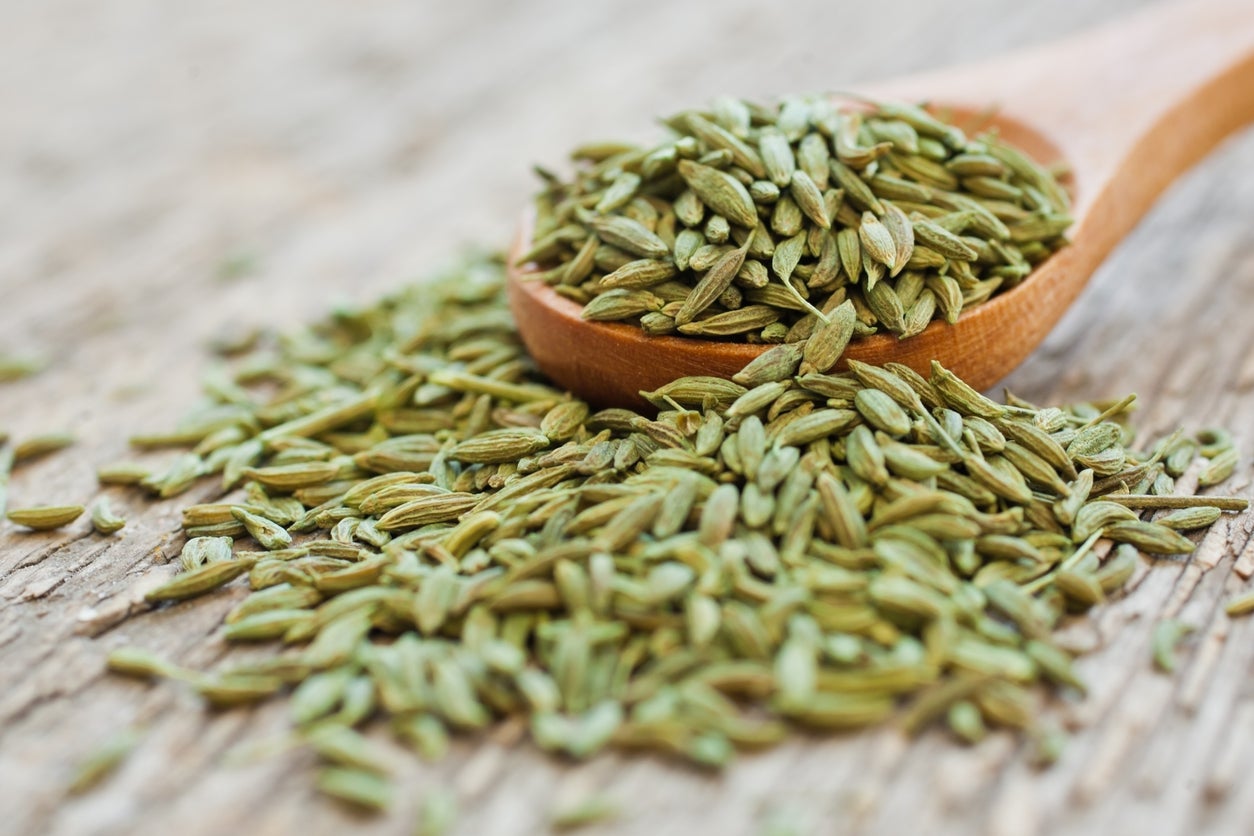 Harvesting Anise Seed – When And How To Pick Anise Seeds
Harvesting Anise Seed – When And How To Pick Anise SeedsIf you’re someone who loves anise, there’s nothing easier or more rewarding than growing and saving your own anise seeds to use year round. Click this article to learn more about how to pick anise seeds and preserve them so you can use and enjoy the spice year after year.
By Liz Baessler
-
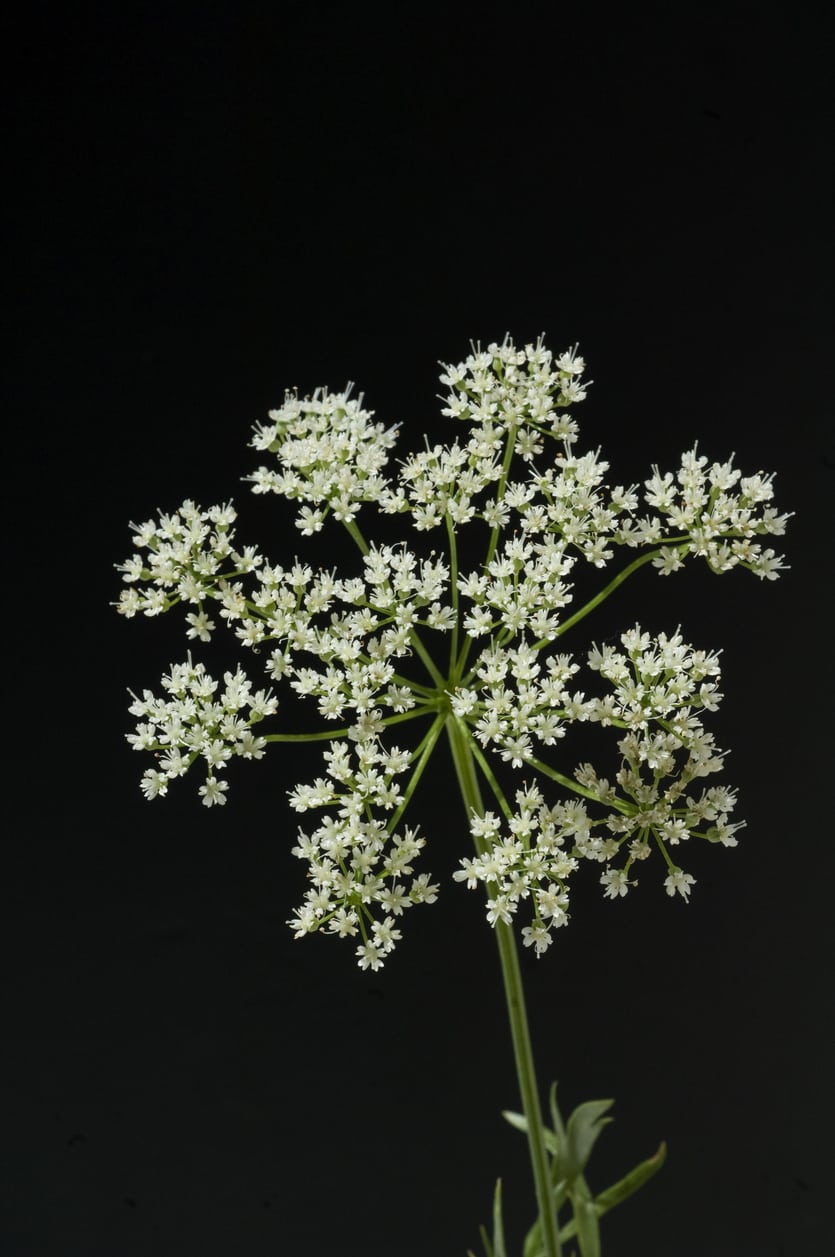 Common Anise Diseases: How To Treat A Sick Anise Plant
Common Anise Diseases: How To Treat A Sick Anise PlantWhile it is fairly easy to grow, the anise plant is not without its problems, specifically diseases. It’s important to recognize the symptoms in order to learn how to treat a sick anise plant before a disease progresses to the point of no return. This article will help.
By Amy Grant
-
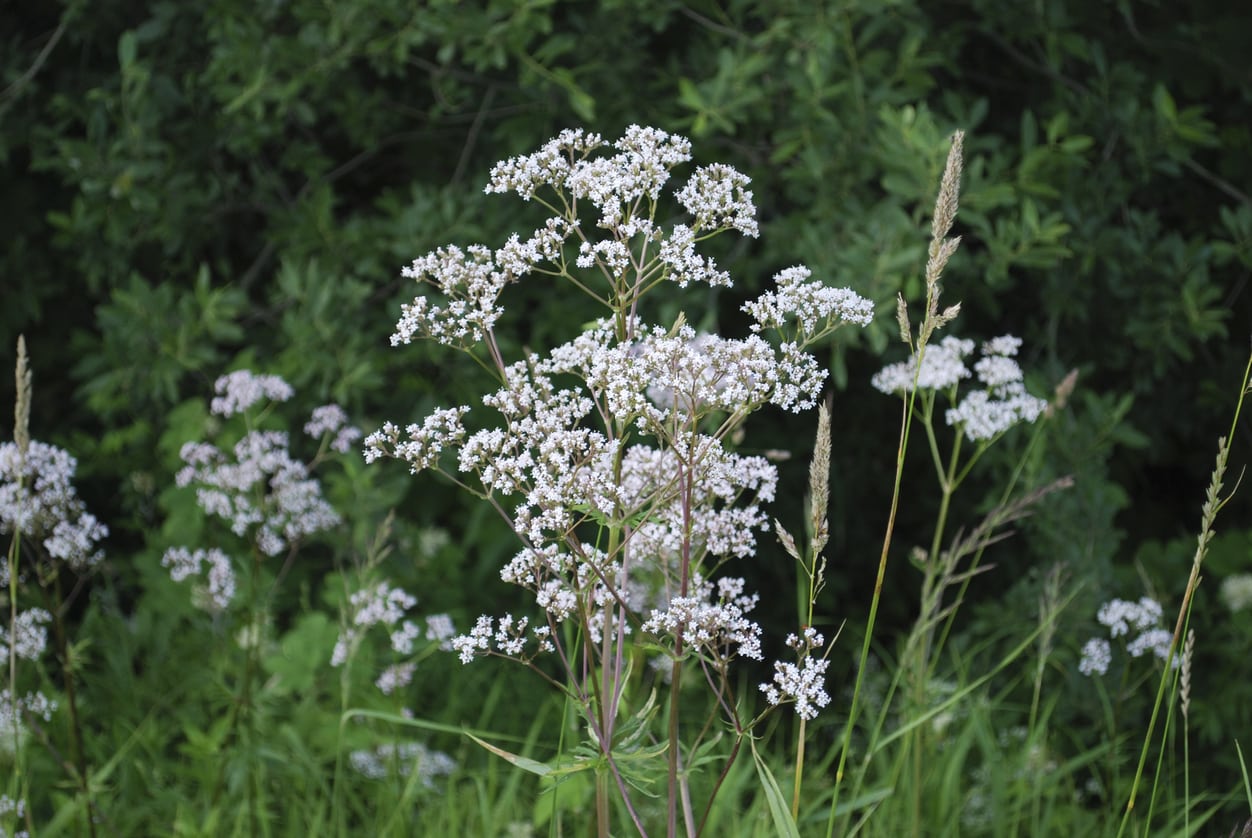 Container Grown Anise Seed: How To Care For Anise In A Pot
Container Grown Anise Seed: How To Care For Anise In A PotAnise, sometimes called aniseed, is a powerfully flavored and scented herb that is most popular for its culinary properties. Like all culinary herbs, anise is very useful to have on hand near the kitchen, especially in a container. But can you grow anise in a pot? Find out here.
By Liz Baessler
-
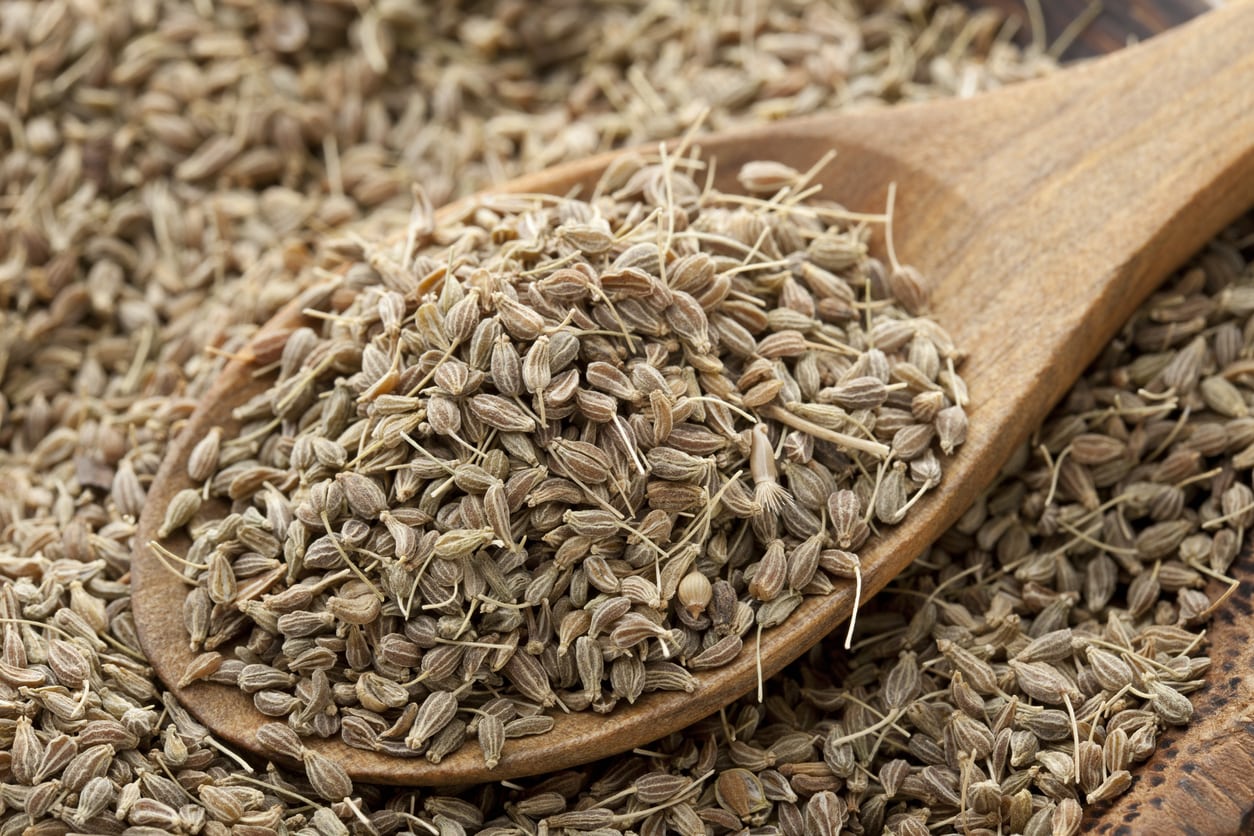 Anise Vs. Star Anise – Are Star Anise And Anise Plants The Same
Anise Vs. Star Anise – Are Star Anise And Anise Plants The SameLooking for a slightly licorice-like flavor? Star anise or anise seed provide a similar flavor in recipes but are actually two very different plants. A description of their differences will reveal unique origins and how to use these interesting spices. Click here for more info.
By Bonnie L. Grant
-
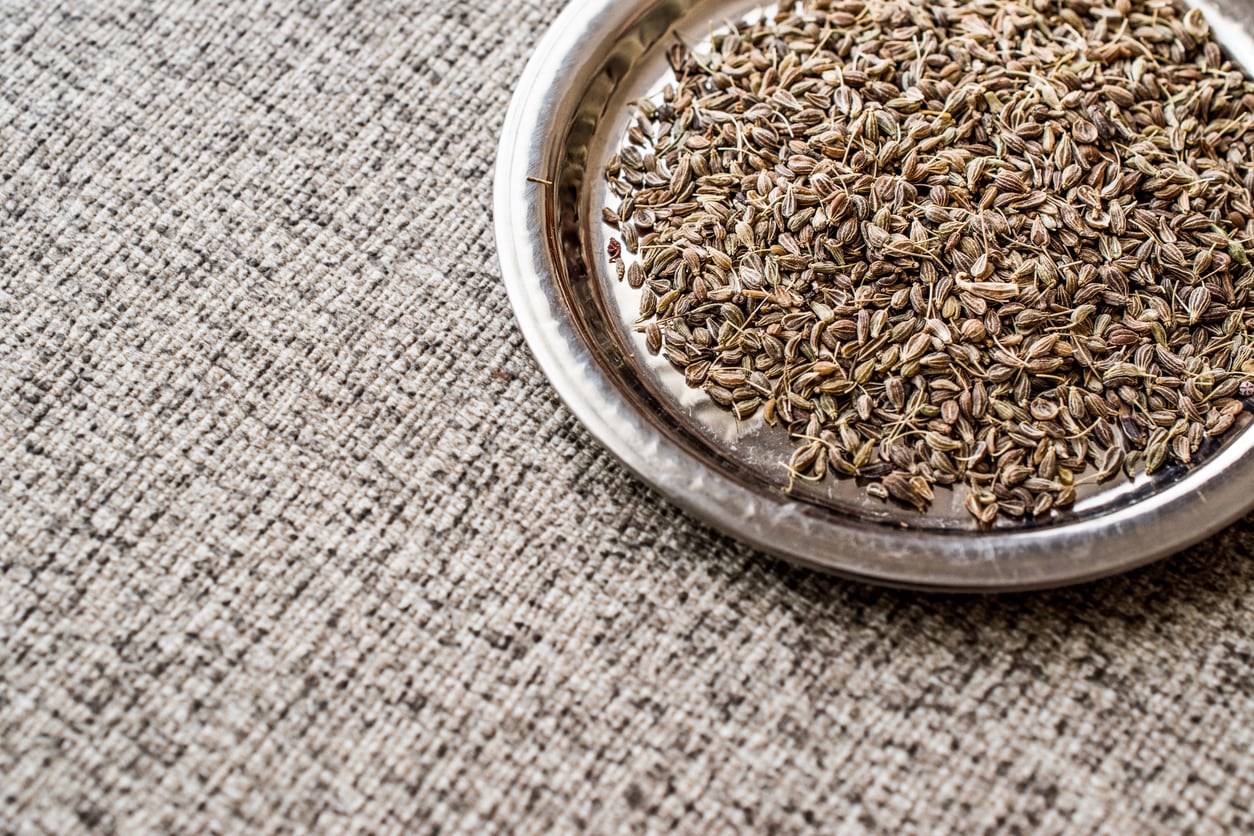 Aniseed As A Spice – Learn How To Use Anise Plants
Aniseed As A Spice – Learn How To Use Anise PlantsAnise is a popular culinary herb easy to grow by seed, but the question is, what to do with aniseed once it’s harvested? How do you use aniseed as a spice, and how about cooking with anise? Click here to learn a few of the many ways of using anise plants.
By Mary H. Dyer
-
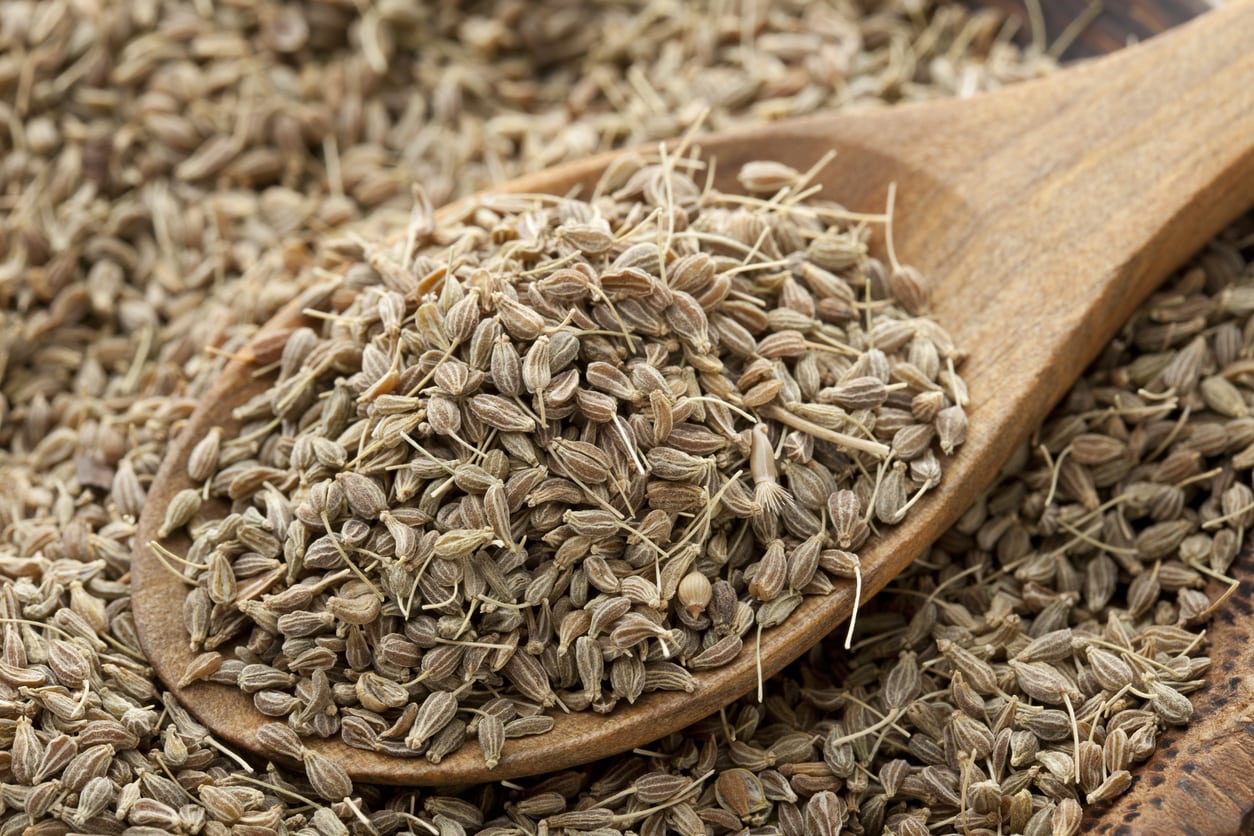 Medicinal Anise Plants – How Is Anise Good For You
Medicinal Anise Plants – How Is Anise Good For YouAnise is a pretty perennial herb, but it can do more for you than add visual interest to your garden. Growing medicinal anise plants and harvesting the seeds means you can add this natural, herbal remedy to both your kitchen and your medicine cabinet. Learn more in this article.
By Mary Ellen Ellis
-
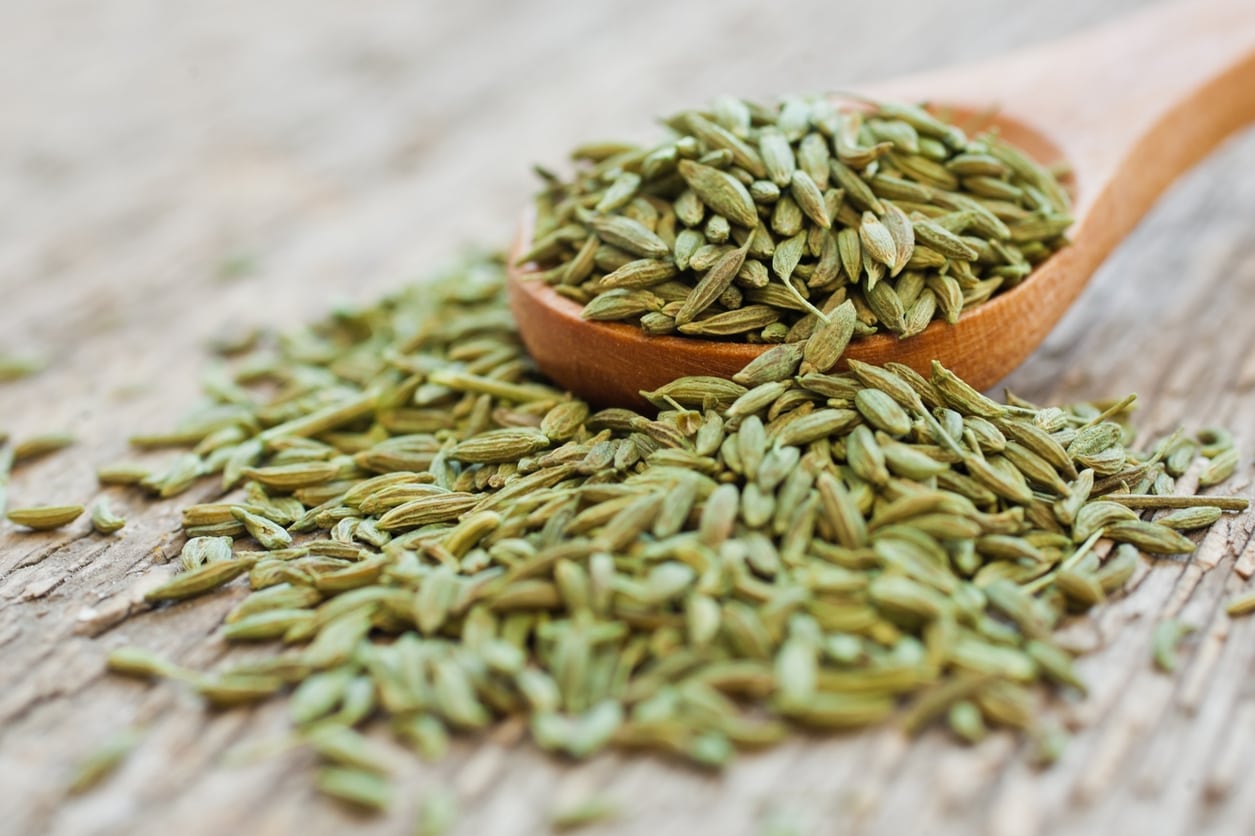 Fennel Vs Anise: What’s The Difference Between Anise And Fennel
Fennel Vs Anise: What’s The Difference Between Anise And FennelIf you’re a cook who loves the flavor of black licorice, you no doubt commonly use fennel and/or anise seed in your culinary masterpieces. Many cooks use them interchangeably. But are anise and fennel the same? Find out more in this article.
By Amy Grant
-
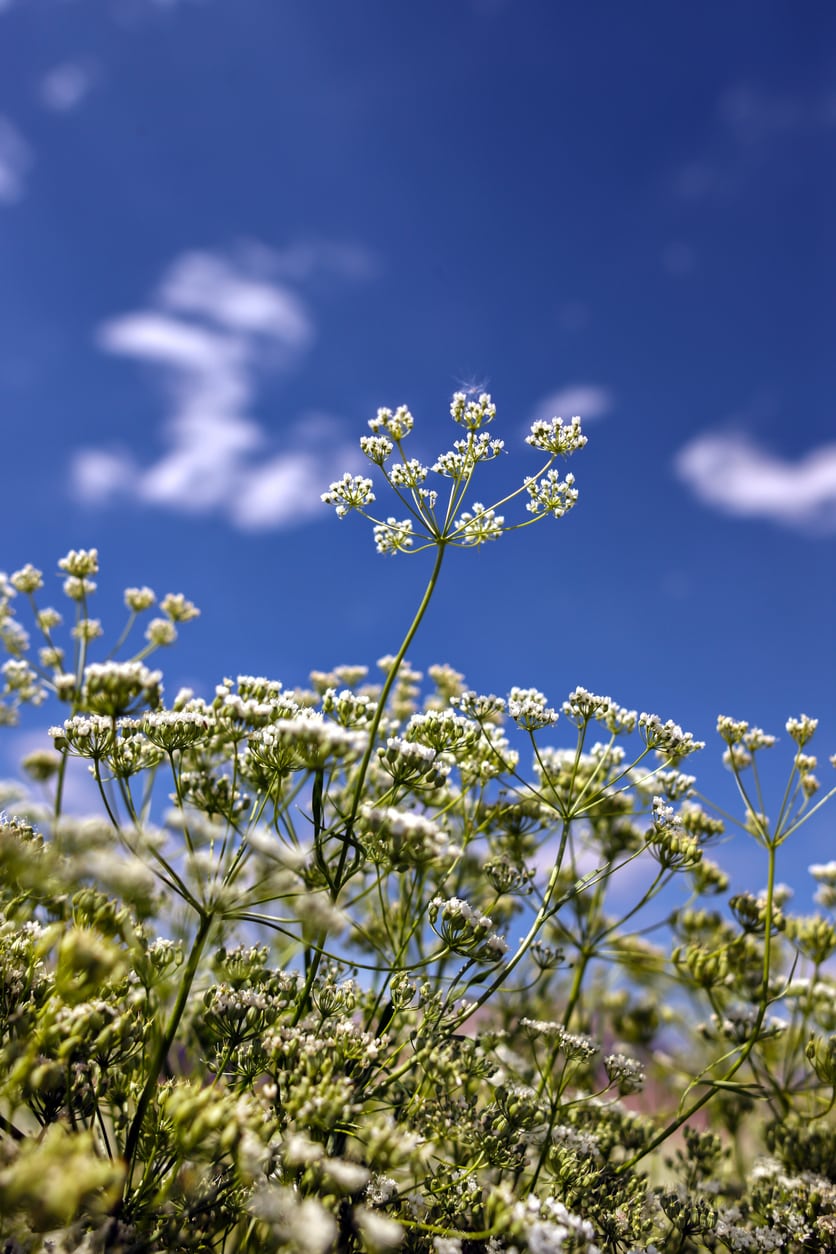 Does Anise Repel Bugs: Information On Natural Anise Pest Control
Does Anise Repel Bugs: Information On Natural Anise Pest ControlCompanion planting with anise attracts certain beneficial insects, and the pest-repellent properties may even protect veggies growing nearby. Click here to learn more about anise pest control and how you can easily grow this beautiful, useful plant.
By Mary H. Dyer